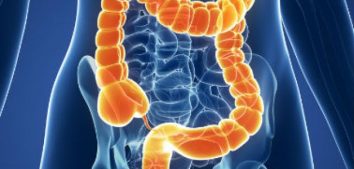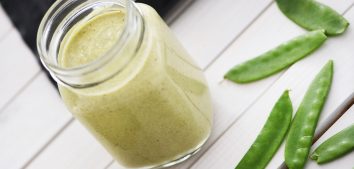
Wash Hands
We’ve all recently heard instructions on how to properly wash our hands. We learned about it early in our childhood but we still underestimate it and do not follow the rules! From a very young age, our parents paid attention to hand washing, and you probably also teach your children how to follow hygiene habits. So why don’t adults follow these rules?
Scientific data
The WHO (World Health Organization) report states that 69% of food infections are caused by dirty hands. The American Society of Microbiologists believes that only 67% of people wash their hands after leaving the toilet. The surprising results of studies conducted at the London School of Hygiene and Tropical Medicine show that as many as 25% of users of public transport have fecal bacteria on their hands.
These frightening numbers prove that we are exposed to microbes at every step. Work, home, public toilets, door handles, keyboards are full of bacteria. Every square centimeter of our skin is covered with thousands or millions of microorganisms… Your hands too. Human skin is best liked by E. coli, Salmonella, Staphylococcus, Rhinovirus, and Rotavirus.
How many times a day do we touch the face?
Hundreds, or even thousands times a day. By touch and direct contact, we can transfer from 100 to 10 thousand microbial cells.
Fortunately, there’s a simple solution to that problem!

When is it particularly worth remembering to wash your hands?
- Before a meal
- Before feeding children
- Before preparing a meal, especially when you use eggs, meat, poultry, or fish
- After playing with animals
- After cleaning litter trays
- After covering your nose and mouth with your hands when coughing or sneezing
- After using a handkerchief
- After using the toilet
- When you return home from work, from the store or after a journey
- After visiting a sick person at home or in the hospital
- After changing a dressing
- After cleaning
- After contact with blood, vomit or excreta
WHO guidelines on hand hygiene
- Wet hands with water.
- Apply enough soap to cover all hand surfaces.
- Rub hands palm to palm.
- Place right palm over left dorsum with interlaced fingers and wash the space between them, and vice versa.
- Join palm to palm with interlaced fingers and wash the space between fingers again.
- Don’t forget to wash all parts of your hands thoroughly – including the palms and thumbs.
- Rinse hands thoroughly with running water.
- Dry your hands with a single-use towel.
- Use the same towel to turn off the faucet so as to avoid getting your hands dirty again.
Washing your hands thoroughly with soap and water for 15 seconds will help you get rid of up to 90% of bacteria, and the next 15 seconds will remove them almost completely. However, research shows that hand hygiene takes us 5 seconds… According to scientists from the University of Bradford, after washing, you should wipe your hands with a towel, because it lasts about 20 seconds and is more effective. Drying with a dryer is twice as long and less accurate. If we are away from home and the access to running water and soap is limited, it is worth using a disinfectant in the form of a gel or foam.
Bibliography:
- Buchrieser V, Miorini T. Podstawy Mikrobiologii i Nauki o Zakażeniach, 2009.
- Raport marki Dettol i Centrum Zdrowia Dziecka. Higiena rąk i otoczenia Polaków. Przerwij łańcuch infekcji. (Report by Dettol brand and Children’s Health Center. Hand hygiene and the hygiene of Poles’ environment. Break the chain of infection.)
- World Health Organisation, Clean hands protect against infection. https://www.who.int/gpsc/clean_hands_protection/en/









Comments No Comments
Join the discussion…